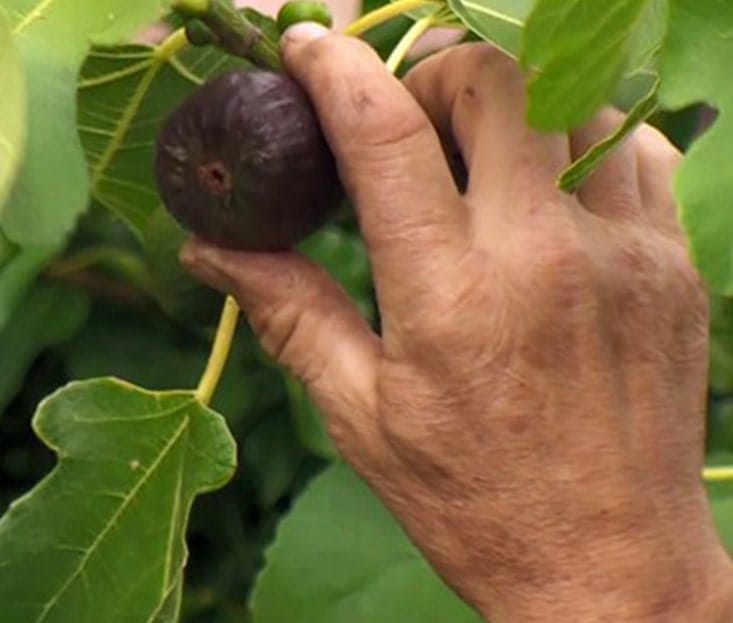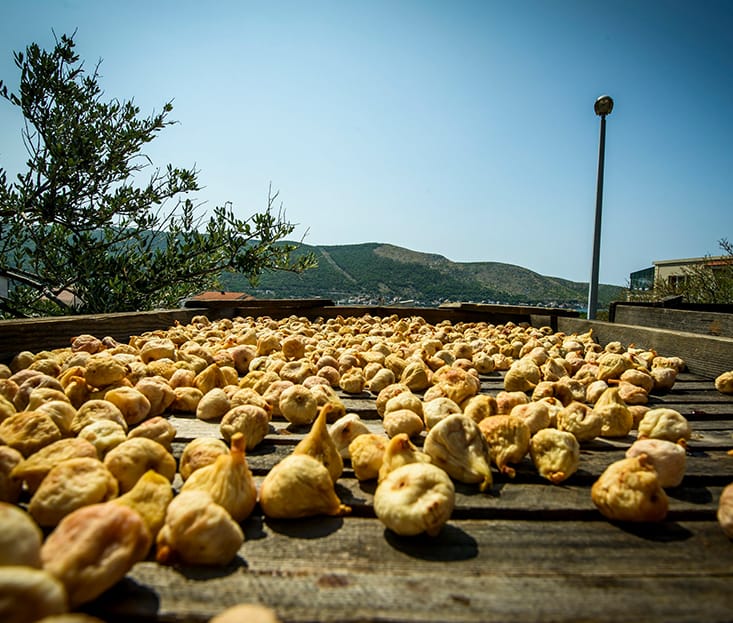
Dried Fig
Quick Access :
General information
General
Information :
Information :
Figs contain hundreds of tiny edible seeds that would be appreciated for the texture and nutrients they add to fruit. They are consumed all over the world in both fresh and dried form, and could be used as a healthy snack or added to savory and sweet recipes. Once they are harvested, fresh figs last only about a week. As a consequence, about 90 percent of the world’s fig harvesting is dried. Even though dried figs do not have the texture of fresh, they provide a dense nutritional package. Most notably, they boast an impressive amount of dietary fiber, over 9 grams in a serving of four figs. Dried figs also are a good source of vitamin B6, E, potassium, and antioxidant phytochemicals.

Certainly dried figs are higher in calories than fresh, and the bulk of their calories—almost 90 percent of them—is derived from natural sugar. But they are undoubtedly one of the best snacking and dessert foods available
Product benefits
Dried Fig
Benefits :
- Promoting digestive level
- Improving vascular and heart health
- Helping manage blood sugar levels
- Having Potential anticancer properties
- Promoting healthy skin
- Lowering Cholesterol Levels
- Having More Dietary Fiber Than Any Other Fruit
- Being Powerful Antioxidants
- Enriching in potassium, calcium, and magnesium
- Helping to regulate blood pressure
- Supporting bone development
- Balancing blood sugar levels
- Being a good source of prebiotics
- Stimulating the helpful bacteria to exist in our gut
How to Produce
How To
Produce :
When figs grow on the tree, they do not all grow at the identical time, so there are multiple harvests. Fresh figs are still growing on the same tree as figs that are drying out. However, even with that, there would be still a lot of figs that do not get harvested. These figs end up drying on the tree and at the start of the dried fig season, large 10 to 12-foot fans are brought into the field to blow the figs off of the tree. However, as the season progresses, the dried figs will drop to the ground on their own.


The actual process of getting the dried figs removed from the field would be consisted of:
• Sweeping – As figs drop to the ground, a sweeper goes through the field and sweeps all of the dried figs into rows in the middle of the orchard rows.
• Collecting – A few days after sweeping the rows, a harvesting machine drives through and picks up all of the piles.
• Field debris that is removed–Just as with fresh figs, also performed a dried fig sensory panel where a group of 24 panelists described the flavor characteristics for six common fig cultivars that are grown and marketed in the dried fig market.
• Sweeping – As figs drop to the ground, a sweeper goes through the field and sweeps all of the dried figs into rows in the middle of the orchard rows.
• Collecting – A few days after sweeping the rows, a harvesting machine drives through and picks up all of the piles.
• Field debris that is removed–Just as with fresh figs, also performed a dried fig sensory panel where a group of 24 panelists described the flavor characteristics for six common fig cultivars that are grown and marketed in the dried fig market.
Packaging
Packaging :
We can provide dried fig in each quantity that our client wants, there are no limited in weight and destination or in packed.

